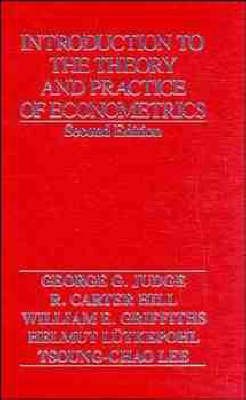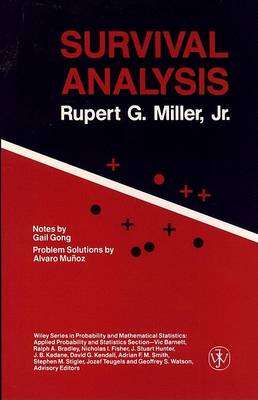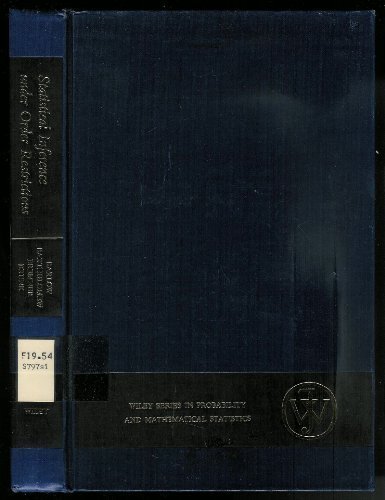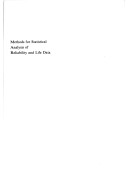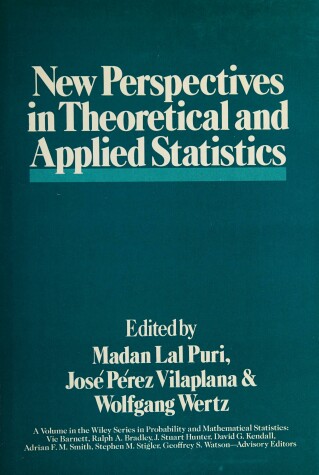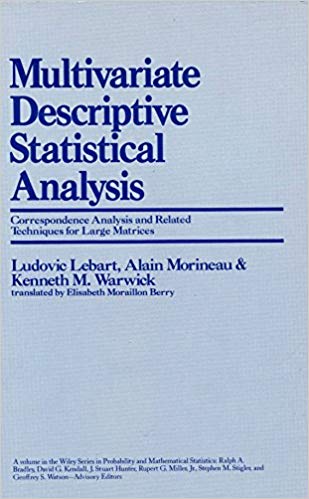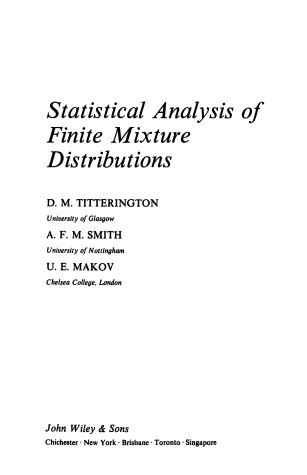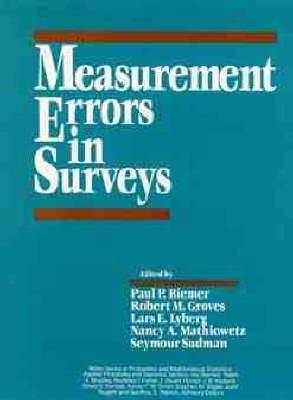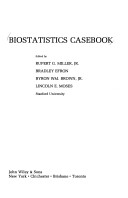Probability & Mathematical Statistics S.
13 total works
Introduction to the Theory and Practice of Econometrics
by George G. Judge, R.C. Hill, W.E. Griffiths, H. Lutkepol, and T. C. Lee
Basic Statistics with Business Applications
by Richard C. Clelland and etc.
Statistical Inference Under Order Restrictions
by Richard E. Barlow and etc.
Methods for Statistical Analysis of Reliability and Life Data
by Nancy R. Mann, etc., Ray E. Schafer, and Nozer D. Singpurwalla
New Perspectives in Theoretical and Applied Statistics
by Madan Lal Puri and etc.
Statistical Analysis of Finite Mixture Distribution
by D. M. Titterington, etc., A. F. M. Smith, and U.E. Makov
Measurement Errors in Surveys
by Paul P. Biemer, etc., R. Groves, L. Lyberg, N. Mathiowetz, and S. Sudman
Also covered in depth is the impact of attempts to reduce survey errors on research budgets. 1989 (0 471-61171-9) 608 pp. Measurement Error Models Wayne A. Fuller "Four chapters, each dense with examples and exercises. Pages of crisp design. Extensive bibliography." - Sci Tech Book News "No longer will the excuse that the correct techniques are hard to find in the literature be valid all the relevant material has now been collected together in this book. Many different models are considered, and estimators, distributional results, and asymptotic theory are set out for each model. Much recent research material is included. Application of results to real data illustrates each case considered." - Short Book Reviews (Publication of the International Statistical Institute) 1987 (0 471-86187-1) 464 pp.
